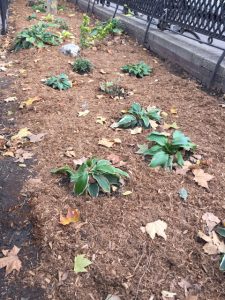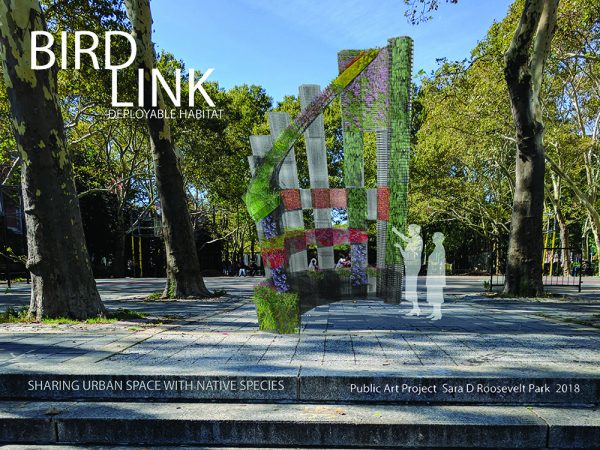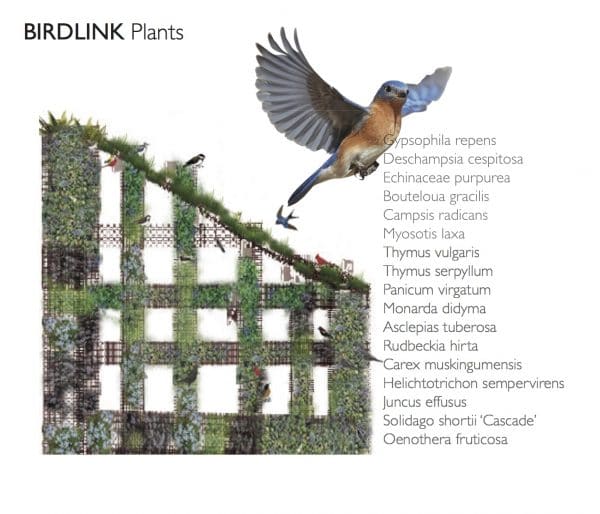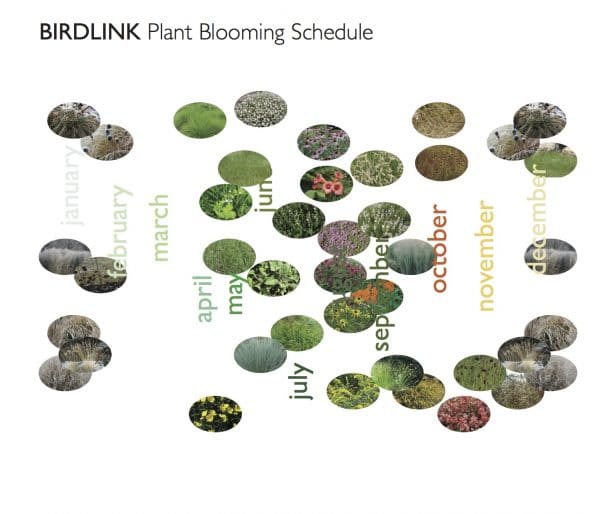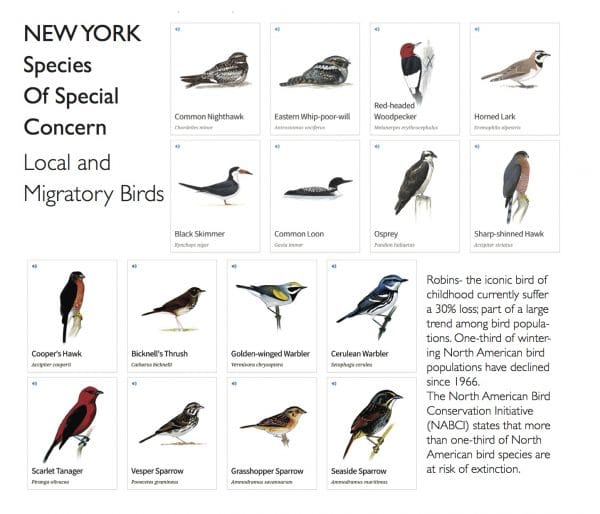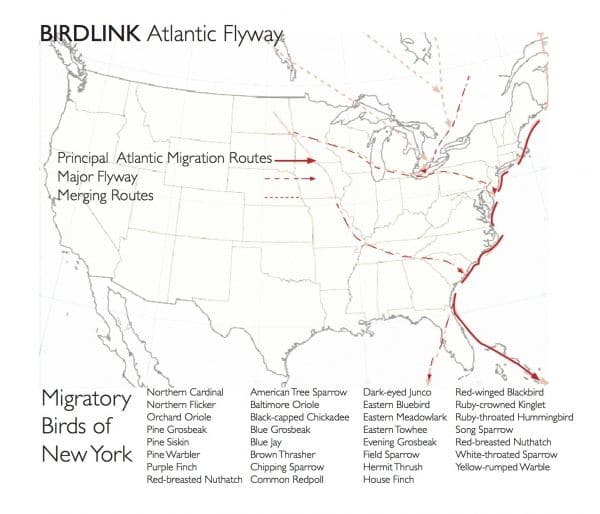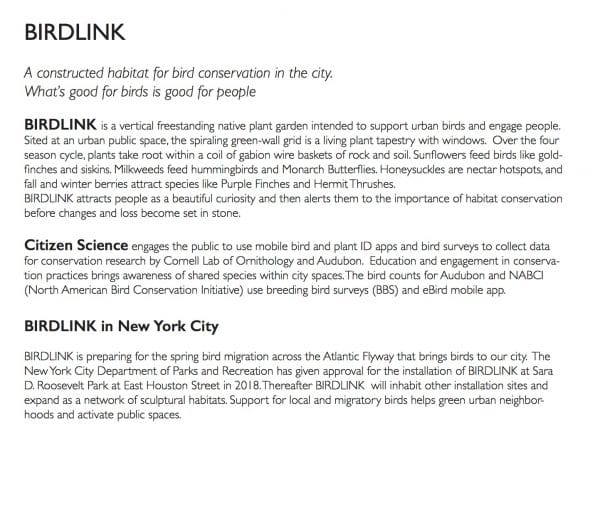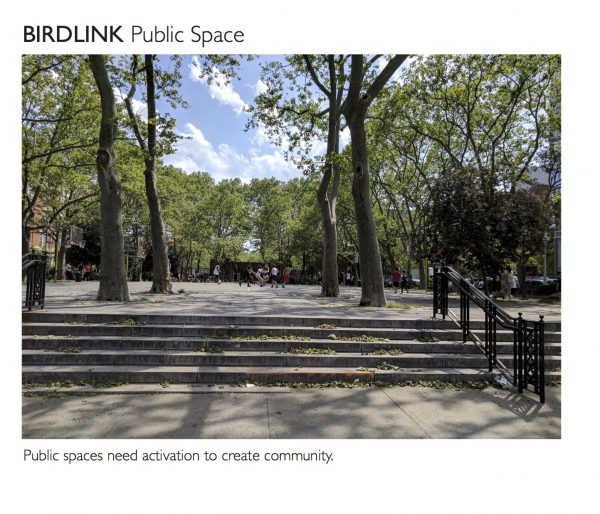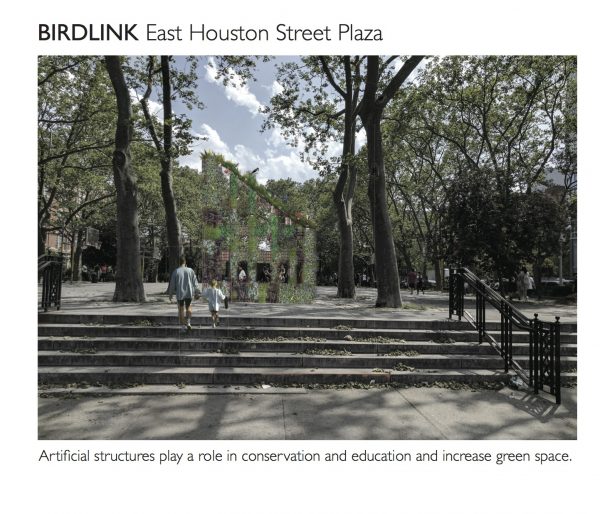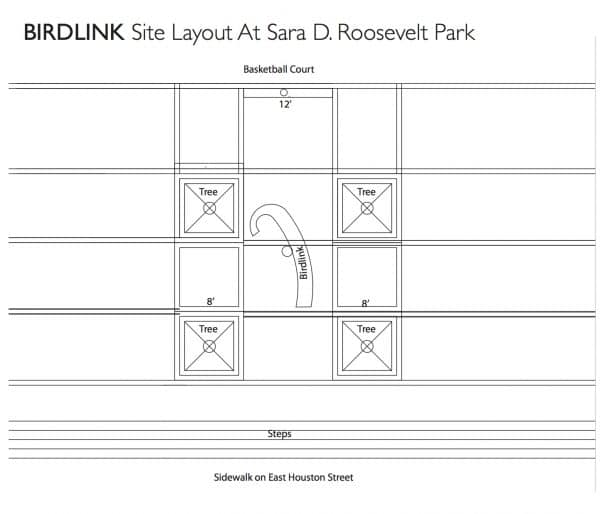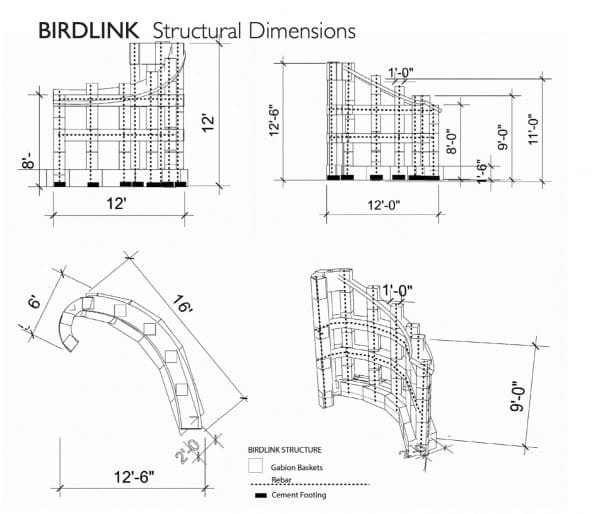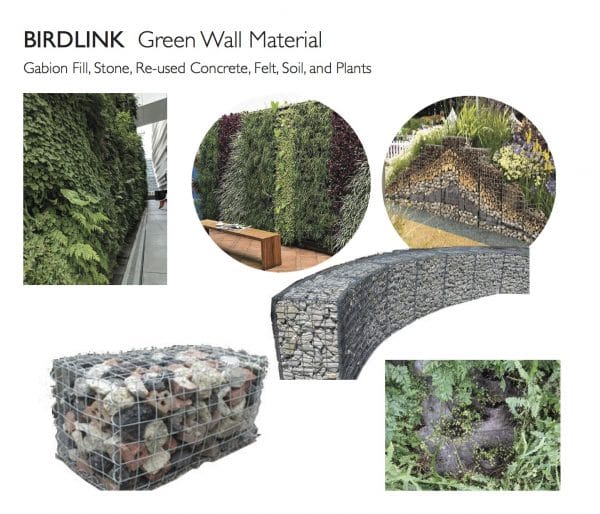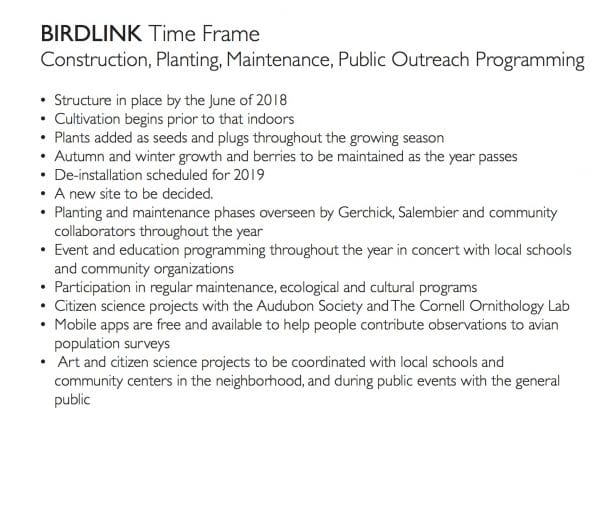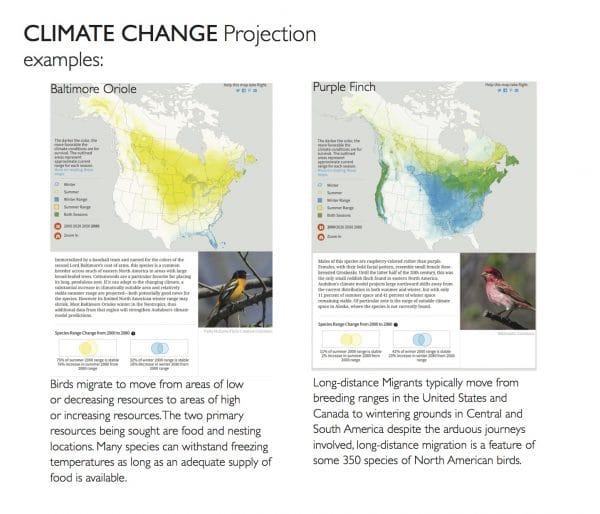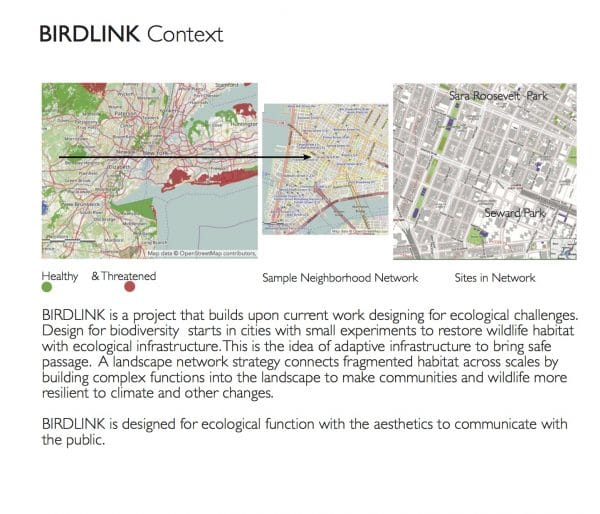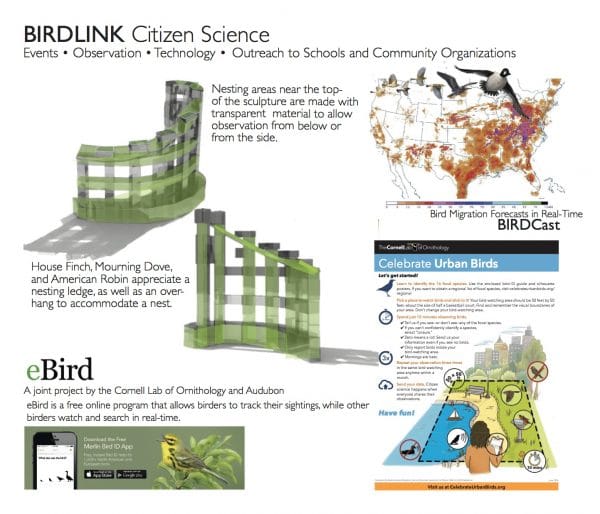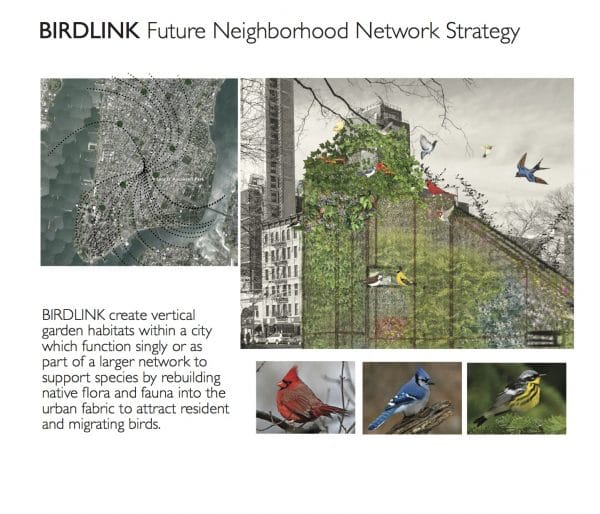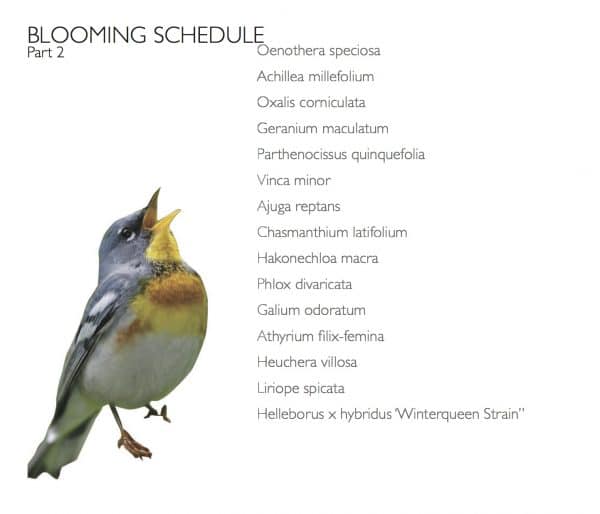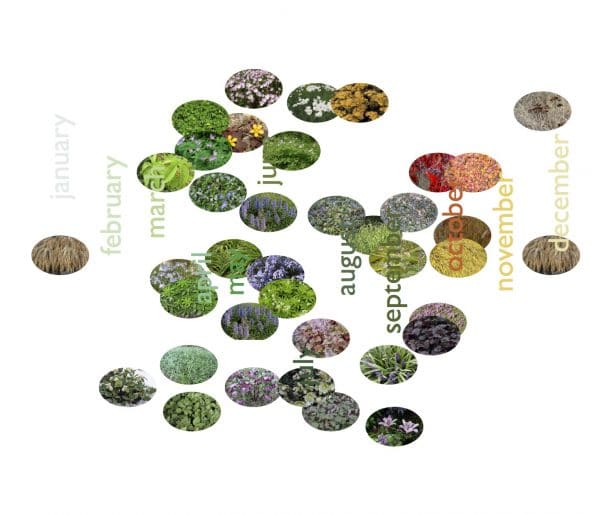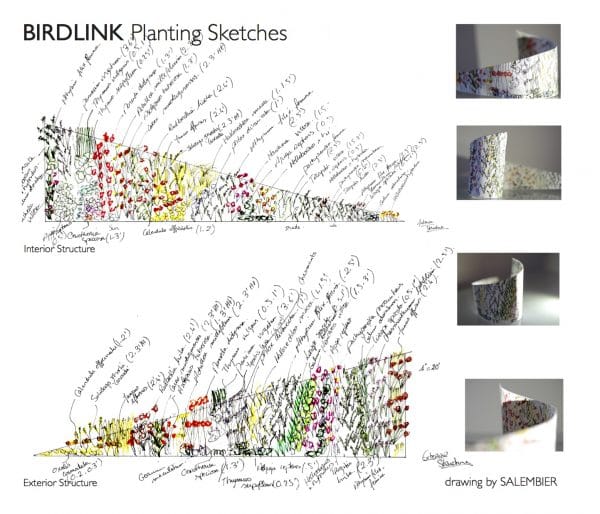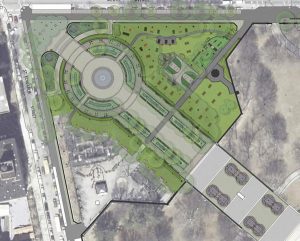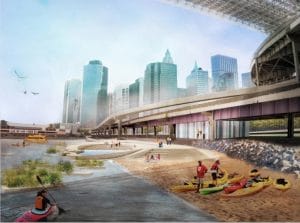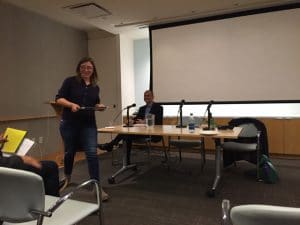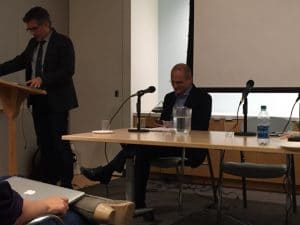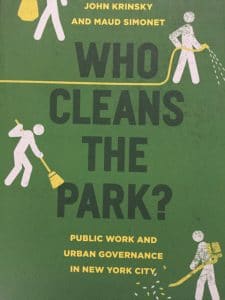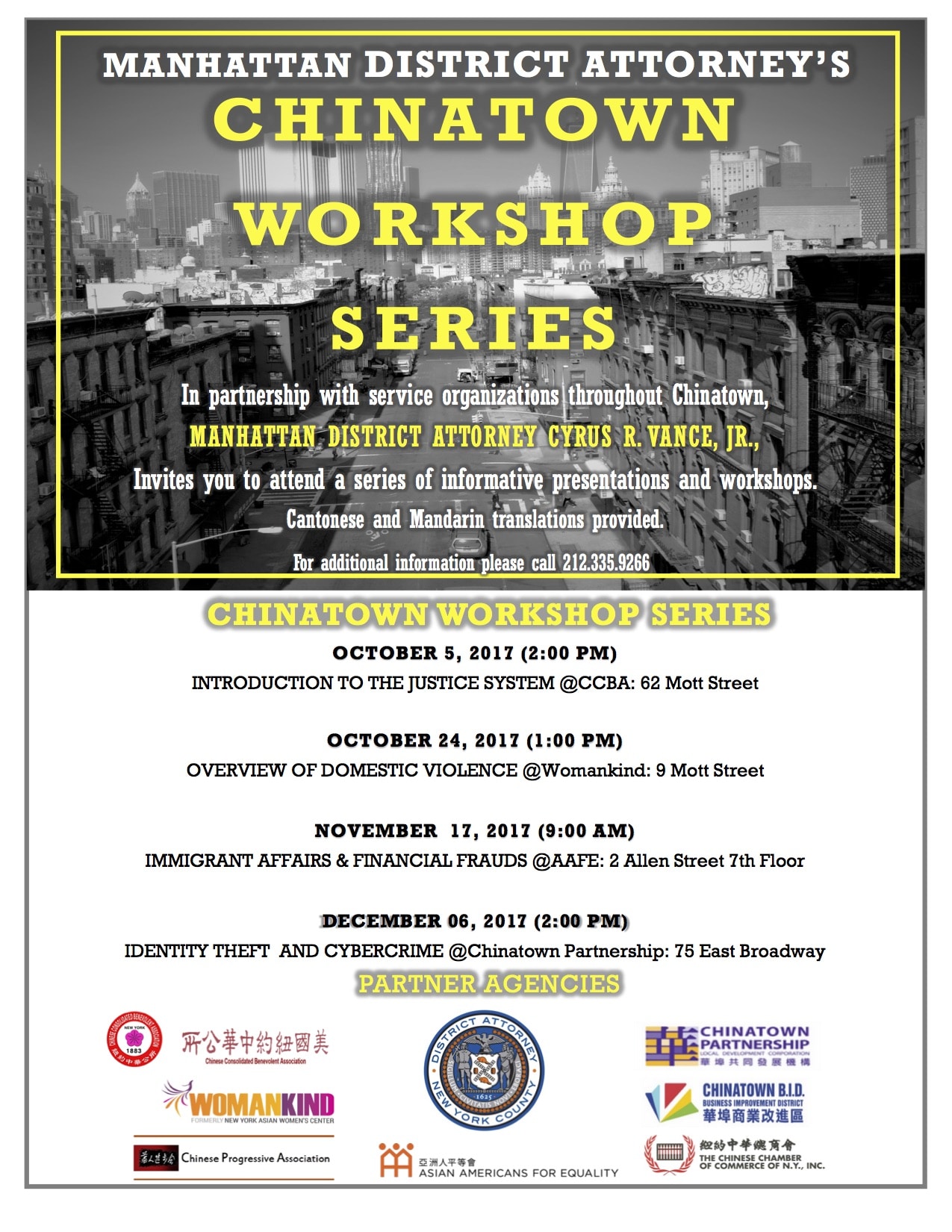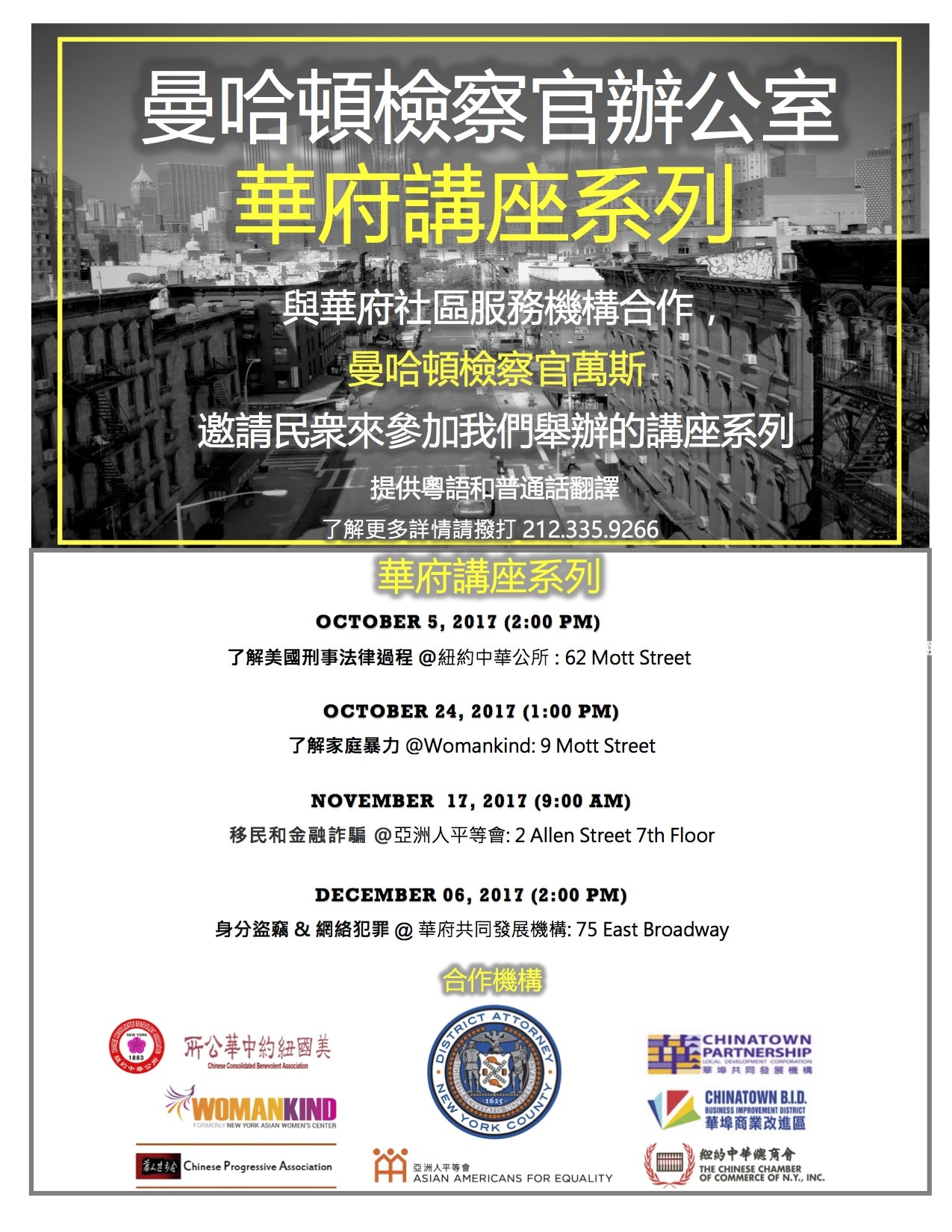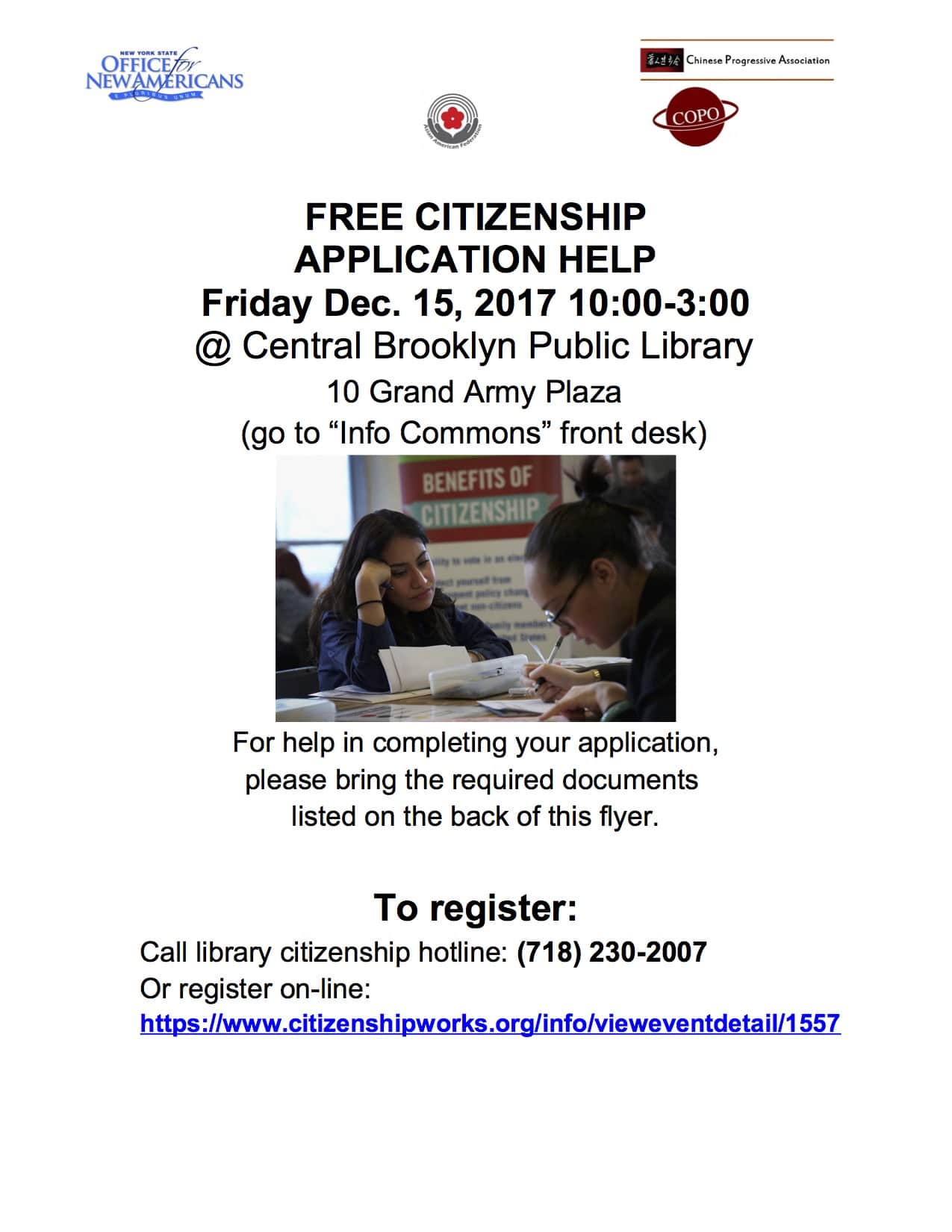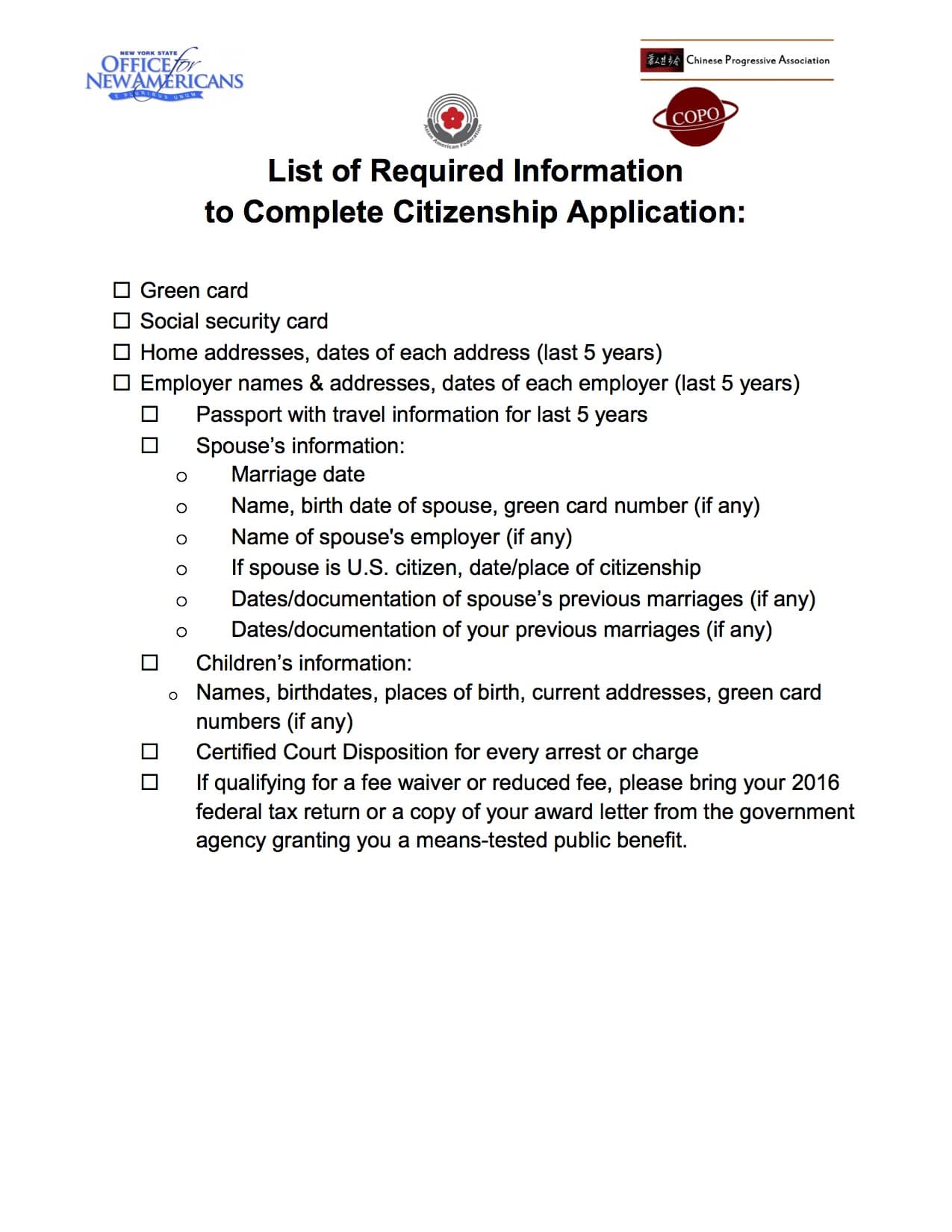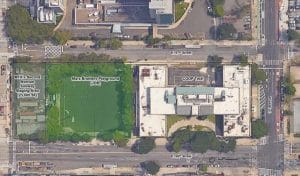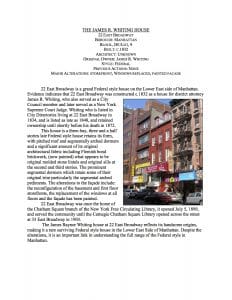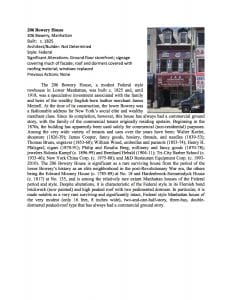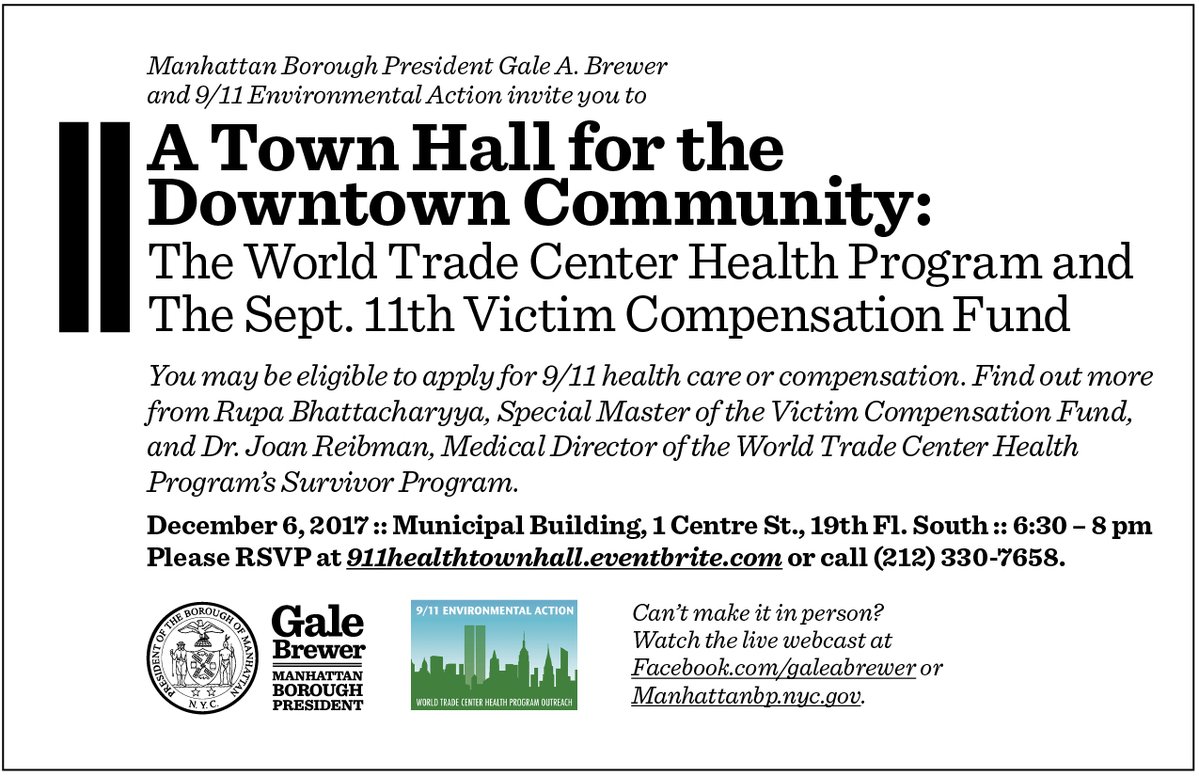NYTimes:
Soil Power! The Dirty Way to a Green Planet
By Jacques Leslie Dec. 2, 2017
“People reap more benefit from nature when they give up trying to vanquish it [instead see it] as a demanding but indispensable ally… [we’ve been conditioned to think of ] carbon’s climate change connection……when it’s as vital to life as water. The way to make amends is to put it back in the soil, where it belongs.”

Excerpt:
“The last great hope of avoiding catastrophic climate change may lie in a substance so commonplace that we typically ignore it or else walk all over it: the soil beneath our feet.
The earth possesses five major pools of carbon. Of those pools, the atmosphere is already overloaded with the stuff; the oceans are turning acidic as they become saturated with it; the forests are diminishing; and underground fossil fuel reserves are being emptied. That leaves soil as the most likely repository for immense quantities of carbon.
Now scientists are documenting how sequestering carbon in soil can produce a double dividend: It reduces climate change by extracting carbon from the atmosphere, and it restores the health of degraded soil and increases agricultural yields. Many scientists and farmers believe the emerging understanding of soil’s role in climate stability and agricultural productivity will prompt a paradigm shift in agriculture, triggering the abandonment of conventional practices like tillage, crop residue removal, mono-cropping, excessive grazing and blanket use of chemical fertilizer and pesticide. Even cattle, usually considered climate change culprits because they belch at least 25 gallons of methane a day, are being studied as a potential part of the climate change solution because of their role in naturally fertilizing soil and cycling nutrients.
On the other hand, carbon sequestration in soil and vegetation is an effective way to pull carbon from the atmosphere that in some ways is the opposite of geoengineering. Instead of overcoming nature, it reinforces it, promoting the propagation of plant life to return carbon to the soil that was there in the first place — until destructive agricultural practices prompted its release into the atmosphere as carbon dioxide. That process started with the advent of agriculture about 10,000 years ago and accelerated over the last century as industrial farming and ranching rapidly expanded…
…Mr. Durham’s farmers are learning a lesson that resonates throughout human interactions with the natural world: People reap more benefit from nature when they give up trying to vanquish it and instead see it clearly, as a demanding but indispensable ally. Because of carbon’s climate change connection, we’ve been conditioned to think of it as the enemy, when in fact it’s as vital to life as water. The way to make amends is to put it back in the soil, where it belongs.”
